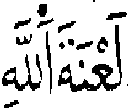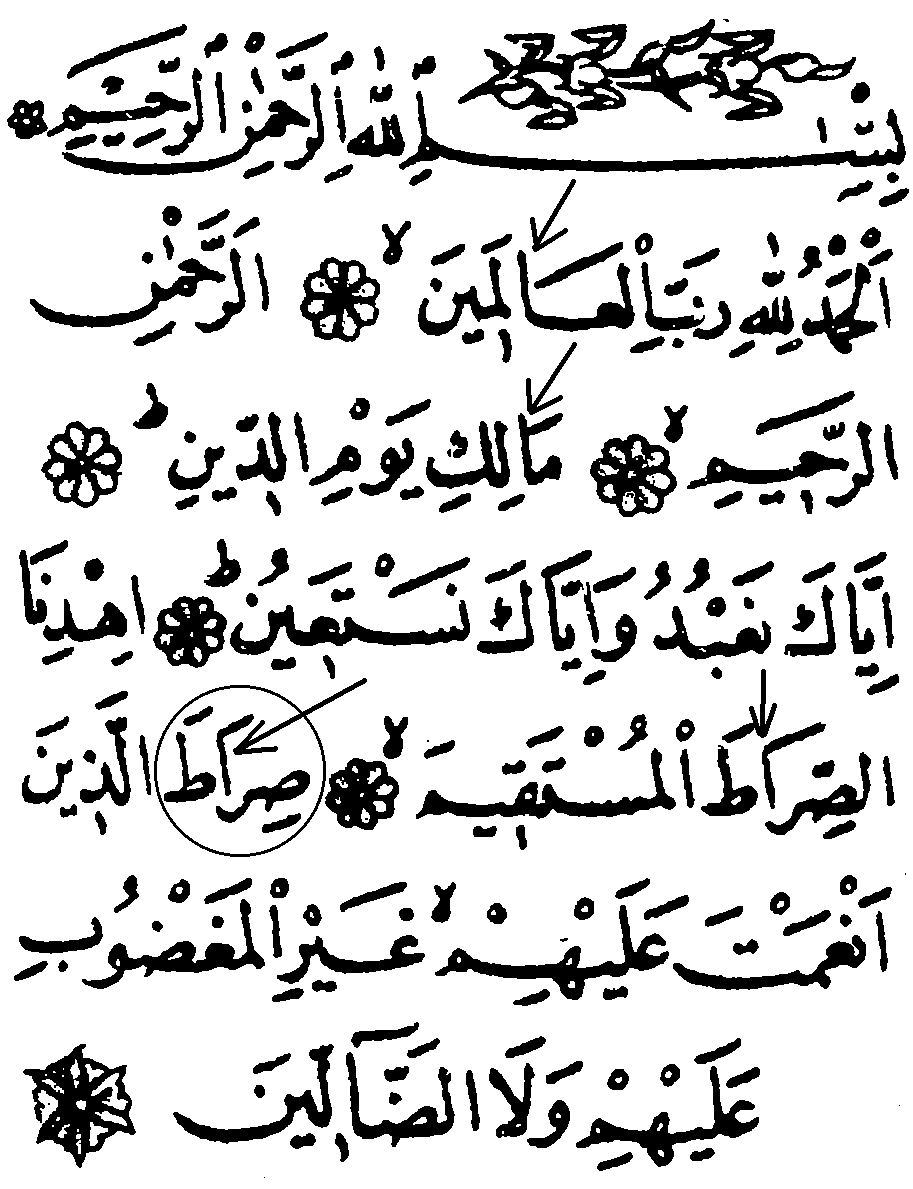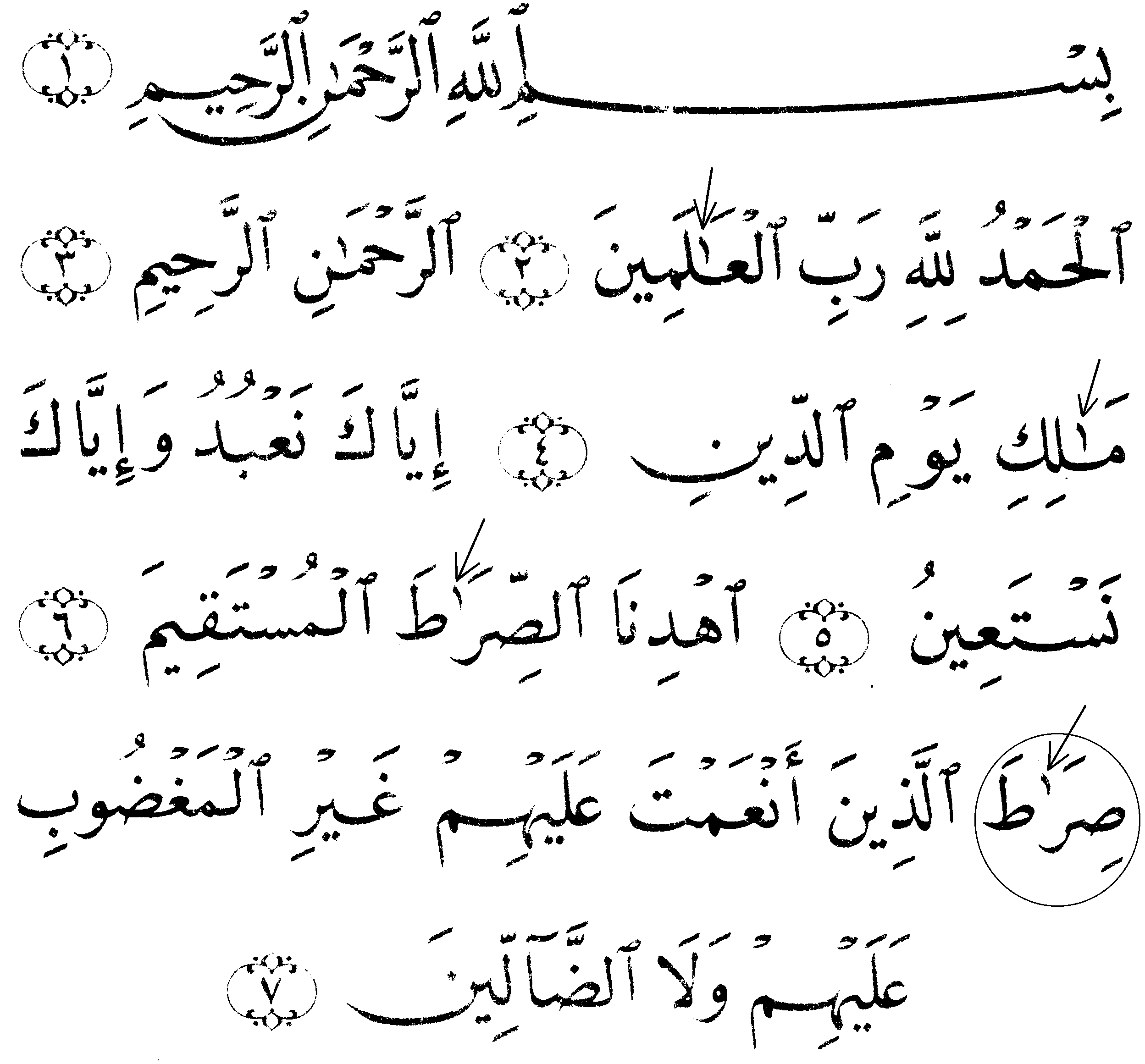|
[NOTE: there are 7 interlinked parts to this Chapter, the last one being the Footnotes. If you use the active 'Footnotes' designation to go to the Footnotes, then you must use the 'Back' button on your brouser to return to the section which you were viewing beforehand.] Back To Main Index CHAPTER XIII: ERRORS, OMISSIONS, ADDITIONS - EDITINGa/ Should It Be Spelled With ‘As we read earlier, Ibn Khaldun spoke openly about the imperfect writing of Muhammad’s scribes. One of the reasons mentioned was: "Then, there are the t’s that are written in the Qur’an with the letter t, while they should be written with the h with two dots over it, and other things." (Muqqadimah, p. 442) These occur consistently in the graphic forms of the Medinan and Kufan printings: "On the graphic side, the correspondences between the two transmissions are overwhelmingly more numerous than differences, often even with oddities like ayna ma and aynama being consistently preserved in both transmissions (e.g., Q. 2/148, 3/112 and Q. 4/78, 16/76), and la’nat Allahi spelt both with ta’ tawila and ta’ marbuta in the same places in both transmissions (Q. 3/61 and 3/87)." (Value..., Brockett, p. 34; emphasis added) Indeed in the 1924 Egyptian we find la’nat Allahi spelled with ta’ tawila in Q3:61 The Flugel concordance of which Von Denffer notes "In 1858, the German orientalist Fluegel produced ... a very useful concordance..." (Ulum, p. 65) lists both Q3:54, 81 and Q24:7 (p. 173, as seen at right We note, however, that in the existing printed texts Q24:7 also contains the wrong spelling In fact, the only place where the word occurs with a ta’ tawila is in Q7:38 where it is required because of the context. There we find To have translated Q24:7 as "invoke the curse of" is a deception. Not only is the noun form It is thus truly ironic, or, as those outside Islam would see it, a case of Divine 126 |
 . The Taj, and all our other texts include this consistently transmitted spelling mistake.
. The Taj, and all our other texts include this consistently transmitted spelling mistake. 
